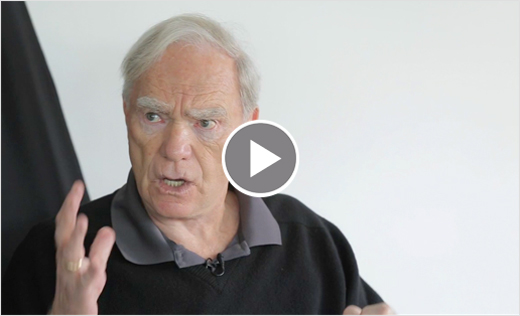HOW NEGAPHOBIA HURTS ENTERPRISE
|
|
----------
|
|
Over recent decades, negaphobia, the fear of all things negative, has
infested American culture. Rather than face the trials of life, we hide behind
euphemisms.
A marriage doesn't have conflicts, it has 'issues.'
Life isn't an uphill struggle, it's a 'journey.'
A pain-in-the-ass business problem is now a 'challenge.'
Employees who point out obvious mistakes are the worst of all things: they're
negative. In truth those who complain are most often realists. But in today's
world, realism is treated as defeatism.
For a story to move the listener to a positive action, it must dramatize the
negative side of life. In the same way, a positive work environment cannot
exist without acknowledging the negative. When "positive thinking" ignores
things negative, terrible business decisions follow as night the day.
There is no story without the negative side of life.
|
HOW NEGAPHOBIA HURTS ENTERPRISE
|
|
----------
|
|
The wise leader fosters a culture that allows for the open expression of
observations and insights-especially when those ideas are insightful,
negative criticisms. Always in pursuit of the truth, the hidden hows and
whys, a great leader embraces storytelling and surveys his corporate
universe as if he were an author imagining a novel.
Lou Gerstner, the IBM CEO who led Big Blue out of the wilderness, said, "I tell Wall Street stories about IBM's future because facts about the future
do not exist." What set competitors apart today are not the scientific skills
of dueling algorithms, but the aesthetic talents of storytelling: imagination,
insight and creativity. With enough data, any executive can read a cross-section
of the now; only a few, like Lou Gerstner, can author the future.
Story is more than a communications tool, more than a sales tool; it is a
decision-making tool, and to tap into the power of story the leader must first
stamp out negaphobia.
Watch this short video with Robert McKee for more on Negaphobia.
 |